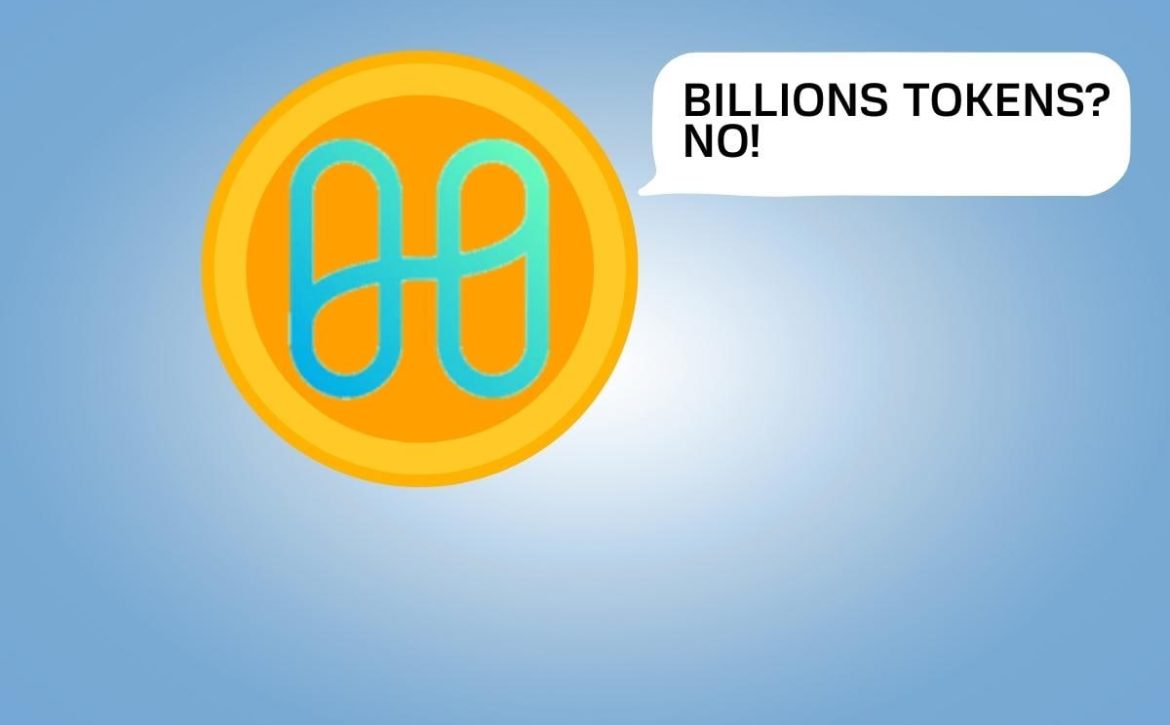Gaming coins, management tokens and other promising cryptoprojects with potential for growth in price.Review by Crypto-Upvotes experts
Every year a number of cryptocurrencies grows and it becomes difficult to determine which of the new coins can potentially bring profit. And which cryptoprojects should be treated with more skepticism. Our experts have named several promising tokens that have been released recently.
Apecoin (APE)
One of the interesting novelties of 2022 is APE token. It was introduced by the developers of the acclaimed NFT collection Bored Ape Yacht Club (BAYC). The idea of the project is to use the new token as a manager in the ecosystem under development.
The BAYC developers plan to create a full-fledged meta universe for the owners of NFT collection monkeys. Apecoin will be used as a token to provide in-game transactions. And allowing you to take part in voting on the future of the project, says our expert.
Bored Ape collection almost immediately after the launch has become a kind of cult. It is used primarily as an admission ticket to the private club of “crypto-snobs”. APE owners can indirectly benefit from the development of this small but rather strong community.
“Potentially, after the change in global market trend, we can expect a high interest in this project, and, consequently, practical application of tokens and their multiple increase in price,” – believes our expert.
Aptos (APT)
Our expert also called cryptoprojects Aptos, a new blockchain, a rather bright and loud novelty of 2022. The project is interesting from the point of view of marketing campaign. But not only because of that, it can also be useful as a testing ground for new technological solutions in the industry.
The team of Aptos creators is trustworthy. Earlier this team was engaged in development of Diem cryptocurrency wallet for social networks of Mark Zuckerberg. This cryptocurrency project never took off because of the resistance of American regulators. But according to our expert, there is no doubt in the competence of the developers.
Aptos blockchain is aimed at the hottest topic of this year – Web3. And this also plays into the hands of the project, which only attracts participants and investors so far. This blockchain has all the major innovations. Such as parallel transactions to increase the conductivity of the blockchain. As well as smart contracts, a system of increased cybersecurity, and the ability to run NFT collections.
Now the ecosystem is actively being filled with applications. Our expert believes that by the new year there will be a significant inflow of liquidity into the ecosystem. Aptos is definitely worth keeping an eye on in the next six months although the start of APT token trading in the middle of October was quite scandalous.
“Unfortunately, the reality is that today it is not so much the most useful projects that survive as the most quoted ones. Although one should not belittle the merits and technical results of the Aptos team. But it is obvious that the emphasis of the project is on the marketing component,” said our expert.
Battle Infinity (IBAT)
If we consider more risky, but no less promising cryptoprojects in 2022. Then we should also pay attention to Battle Infinity gaming tokens. Despite the fact that previously the team of developers from India has not been seen in successful cryptoprojects, their proposed concept is interesting.
Token essence, as in many similar projects, comes down to the role of manager and in-game token, our expert explained. He specified that in case of successful realization this project will unite several sports games inside its own single Metaverse. In this Metaverse IBAT will be the link of the whole ecosystem.
Buying this token is quite a risky investment for this type of project at its current stage of development. Especially with the bearish trend of the whole crypto market, our specialist warned. But, he noted that in case of success, it may turn out that the price of the token will increase many times due to its active use within the ecosystem. Although the project is risky, it is worthy of careful study.
Algorand (ALGO)
Another cryptoprojects worth keeping an eye on, even though it is not as new as the above mentioned ones, is Algorand. Our expert explained that it is a decentralized platform with smart contracts for DeFi, digital asset release, Web3 projects and other similar developments.
Our expert again turned his attention to the team of creators. This project was started by MIT professor Silvio Micali. The team managed to achieve partnership agreements with a number of states over several years. These include states like the Marshall Islands and El Salvador. This means that blockchain is potentially interesting for launching national digital currencies (CBDC).
Also, our expert pointed out that USDT and USDDC stackcoins are already running on the Algorand blockchain. And this means that it is a sought-after network. In the long term, Algorand may take its niche among other DeFi-oriented ecosystems.
Disclaimer: We do not give financial advice on buying certain cryptoprojects. This review focuses on cryptocurrencies that are promising according to our experts









